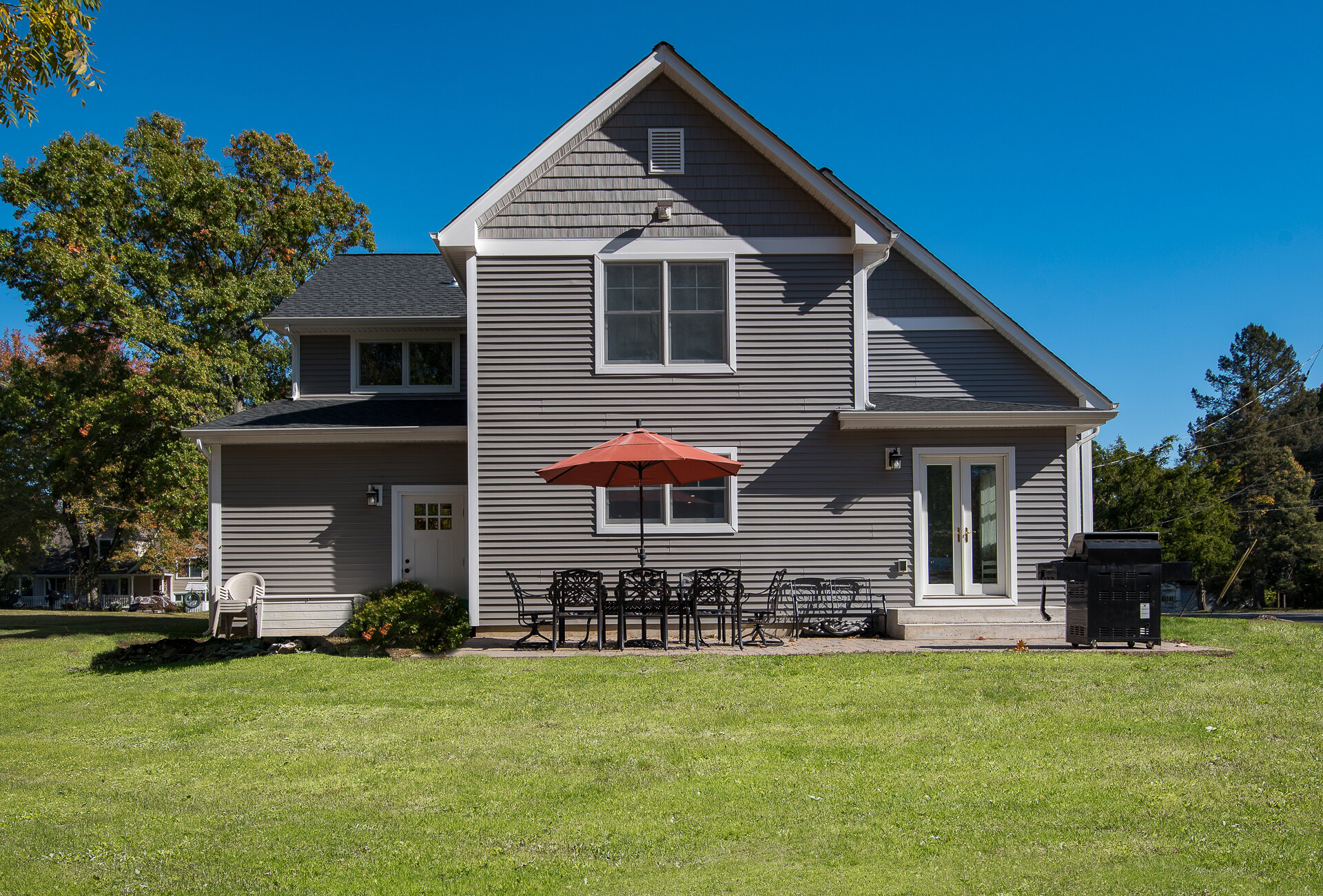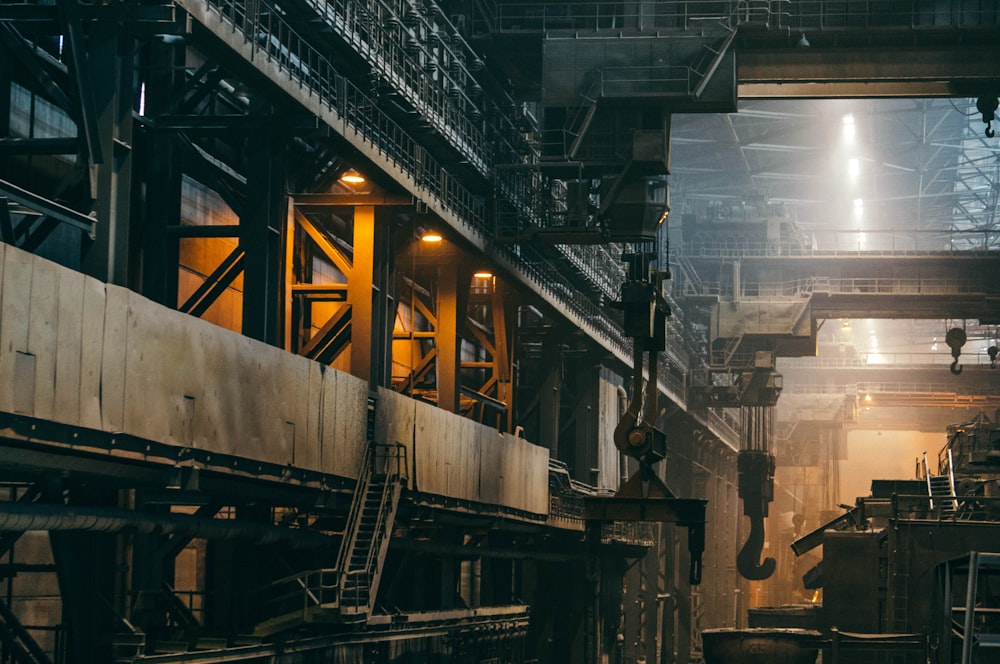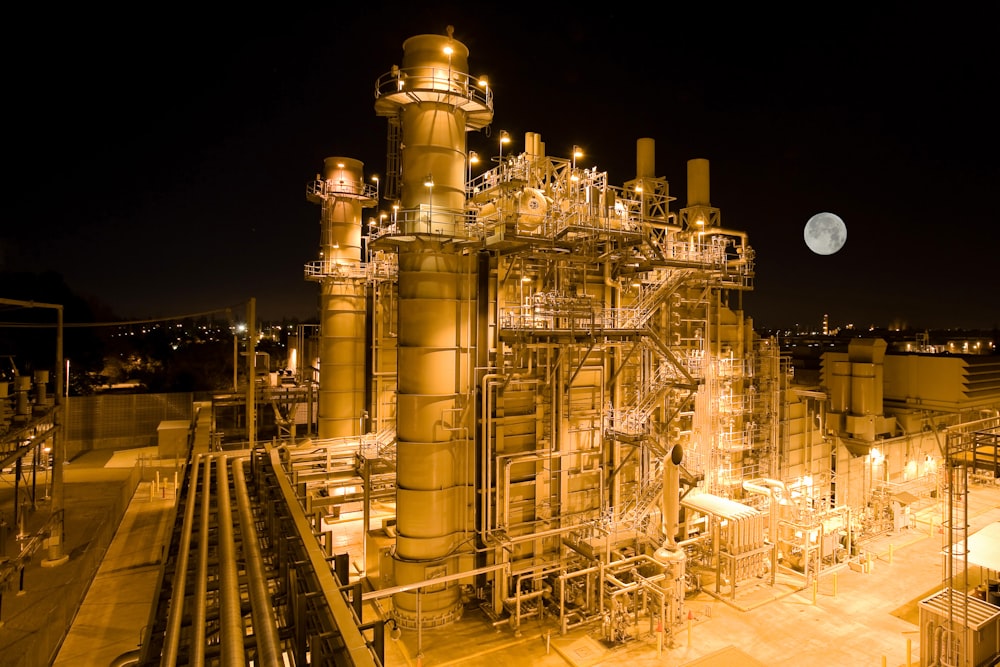
Stylish Kitchen Partition Ideas for Open-Plan Living Spaces

Maximizing Functionality and Style
Innovative Designs:
In the realm of modern interior design, the kitchen has evolved into more than just a place for cooking; it’s now a central hub for socializing and entertaining. With the rise of open-plan living spaces, homeowners are seeking innovative ways to divide their kitchen area from the rest of the home while maintaining a sense of openness and flow. Enter stylish kitchen partition ideas – versatile solutions that combine functionality with chic design to create seamless transitions between spaces.
Glass Partitions:
Glass partitions are a popular choice for dividing kitchen spaces in open-plan layouts. They allow natural light to flow freely throughout the space, creating a bright and airy ambiance. Frosted or textured glass can provide privacy without sacrificing openness, while clear glass offers unobstructed views and a sense of continuity between rooms. With sleek metal frames or minimalist hardware, glass partitions add a touch of modern sophistication to any kitchen.
Sliding Doors:
Sliding doors offer a practical and space-saving solution for dividing kitchen areas from adjacent living or dining spaces. Whether made of wood, glass, or a combination of materials, sliding doors can be customized to complement any design aesthetic. Opt for sleek, minimalist designs for a contemporary look, or choose traditional barn-style doors for a rustic touch. With smooth gliding mechanisms and concealed tracks, sliding doors effortlessly blend form and function in open-plan living spaces.
Open Shelving:
For a more subtle approach to kitchen partitioning, consider incorporating open shelving into your design. Open shelves can delineate the kitchen area while maintaining a sense of openness and continuity. They provide a functional storage solution for displaying dishes, cookware, and decorative items, adding visual interest to the space. By selecting materials and finishes that complement the overall design scheme, open shelving seamlessly integrates into the kitchen while subtly defining its boundaries.
Half Walls and Breakfast Bars:
Half walls and breakfast bars are versatile architectural features that can serve as effective kitchen partitions. By incorporating a raised countertop or bar-height seating area into the design, you can create a visual separation between the kitchen and adjoining spaces while preserving sightlines and connectivity. Half walls offer additional countertop space for meal preparation or casual dining, making them both practical and stylish additions to open-plan kitchen layouts.
Room Dividers:
For larger open-plan living spaces, room dividers provide a more substantial partitioning solution. These freestanding or built-in structures can be customized to suit the specific layout and design preferences of the homeowner. From traditional screens and folding panels to modern geometric designs, room dividers offer endless possibilities for adding architectural interest and defining separate zones within the home. Choose materials and finishes that complement existing decor for a cohesive and harmonious look.
Multi-Functional Islands:
Kitchen islands are essential elements of modern kitchen design, offering additional workspace, storage, and seating options. In open-plan living spaces, islands can also serve as effective room dividers, delineating the kitchen area from adjacent living or dining spaces. Incorporating features such as built-in shelving,






